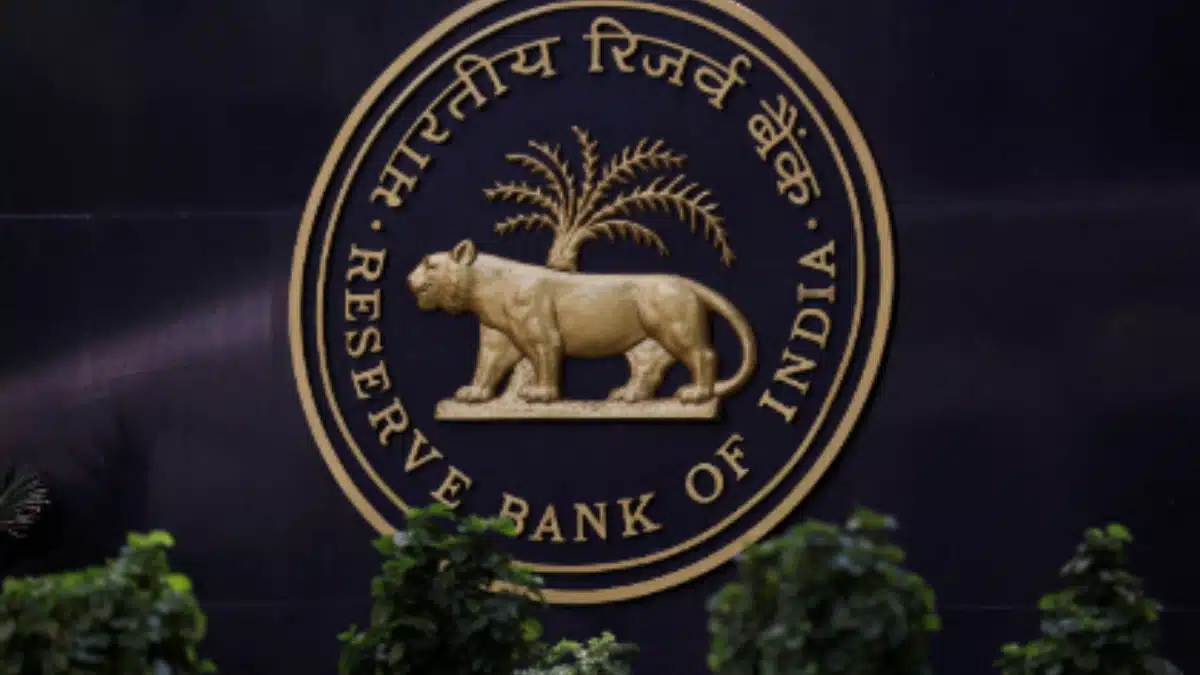The RBI has issued a new master circular on fraud risk management for banks, HFCs, and NBFCs, emphasizing enhanced internal audits, board controls, and data analytics for fraud detection. It mandates a board-approved policy defining roles in fraud risk management, ensuring oversight and accountabili

The RBI on Monday released a comprehensive master circular on fraud risk management aimed at all banks, HFCs, and NBFCs. This circular is designed to bolster internal audits and board controls while encouraging the use of data analytics to enhance fraud detection.
RBI mandated that a board-approved policy must be established to clearly outline the roles and responsibilities of the board and senior management in fraud risk management. This policy is essential for ensuring effective oversight and accountability in detecting and managing fraud.
This new circular is developed by following an extensive review of previous Master Directions that outline crucial measures that a bank’s board must follow before classifying individuals or entities as fraud.
The updated Master Directions mandate that regulated entities must ensure compliance with the principles of ‘natural justice’ on time before designating persons or entities as fraudulent. This requirement is following the Supreme Court judgment dated March 27, 2023, in the case of State Bank of India & Ors. Vs. Rajesh Agarwal & Ors. (Civil Appeal No. 7300 of 2022).
Now, According to the revised rules outlined in the RBI’s latest circular, all regulated entities are required to issue a detailed show-cause notice to individuals, entities, and their promoters, whole time, and executive directors who are under examination for allegations of fraud. This show-cause notice must include comprehensive details of the transactions, actions, or events that form the basis for the contemplated declaration and reporting of fraud.
A minimum of 21 days must be granted to the individuals or entities who receive the show cause notice, allowing them sufficient time to respond.
Lenders are required to issue a detailed, reasoned order to entities explaining the bank’s decision regarding the classification of an account as fraud. Additionally, banks must establish a ‘Special Committee of the Board for Monitoring and Follow-up of Cases of Frauds,’ which should consist of at least three board members and be chaired by an independent or non-executive director.
Moreover, the Reserve Bank has enhanced the framework for early warning signals (EWS) and red flagging of accounts (RFA) to improve the detection and prevention of fraud in regulated entities. This includes ensuring timely reporting to law enforcement agencies and supervisors.
A red-flagged account indicates suspicion of fraudulent activity triggered by early warning signals. In cases where a credit facility or loan account falls into this category, banks must conduct further investigation using either external or internal audits to scrutinize potential fraud.
The RBI also specified that these revised directions will extend to regional rural banks, rural cooperative banks, and housing finance companies. This extension aims to enhance fraud risk management systems and frameworks within these entities.





